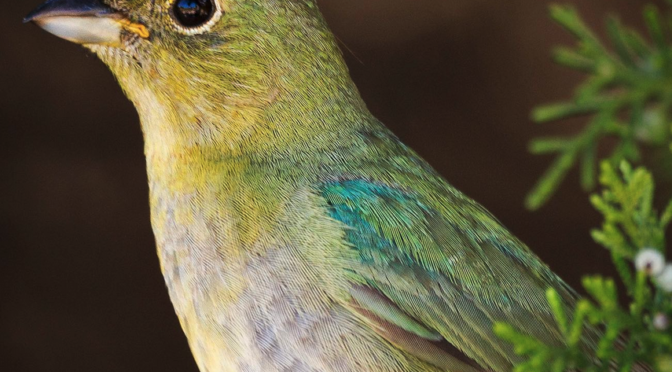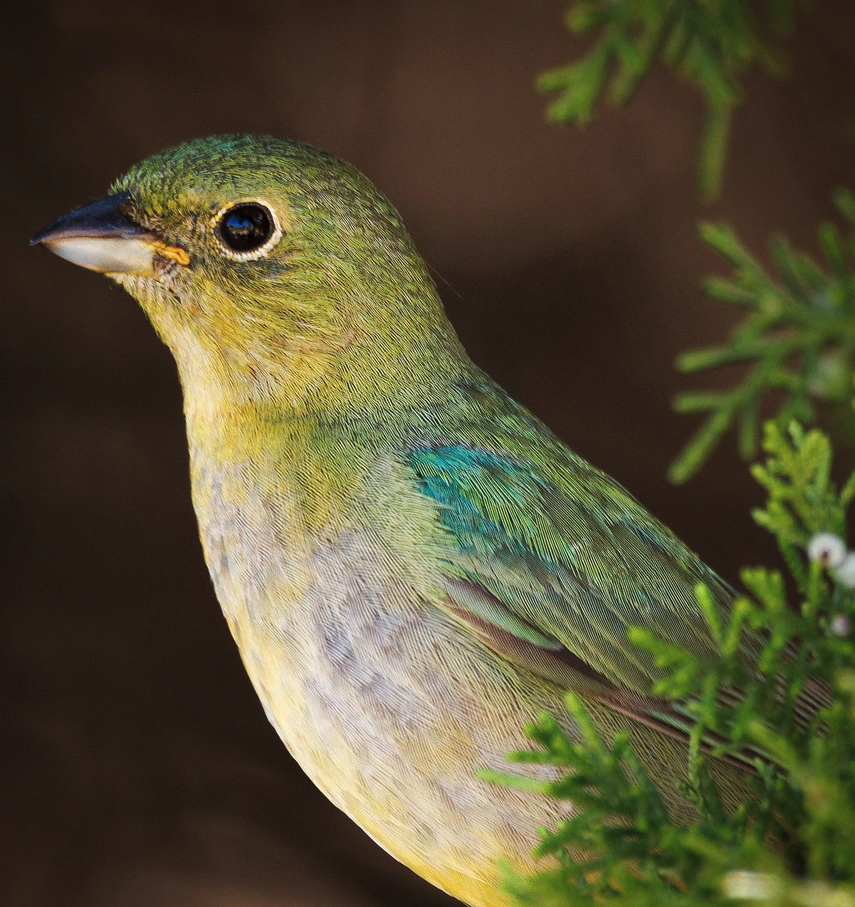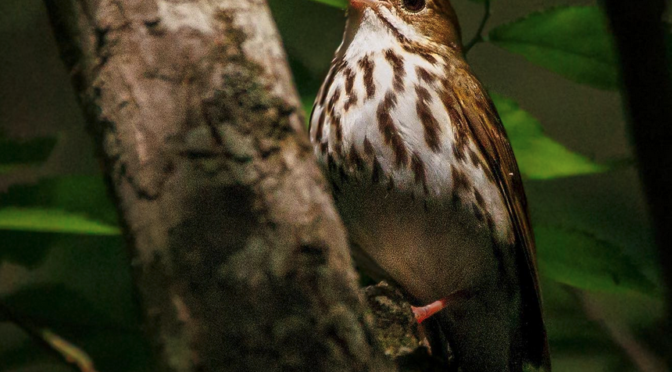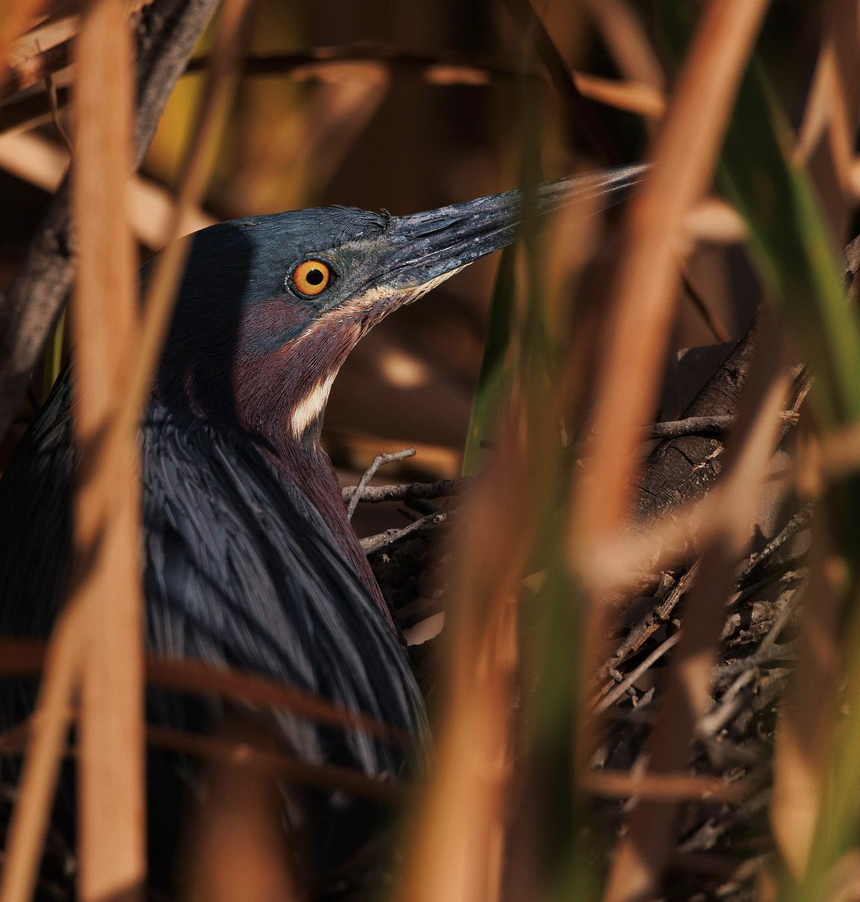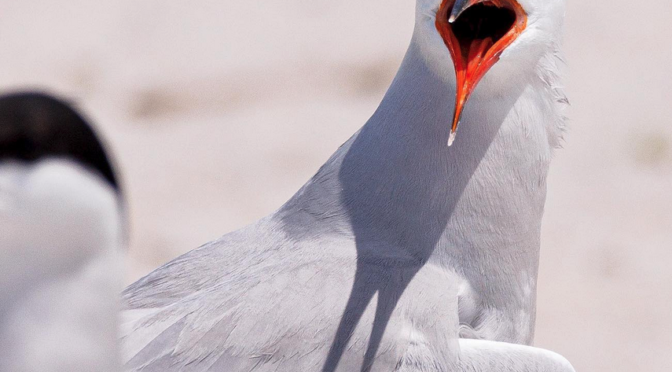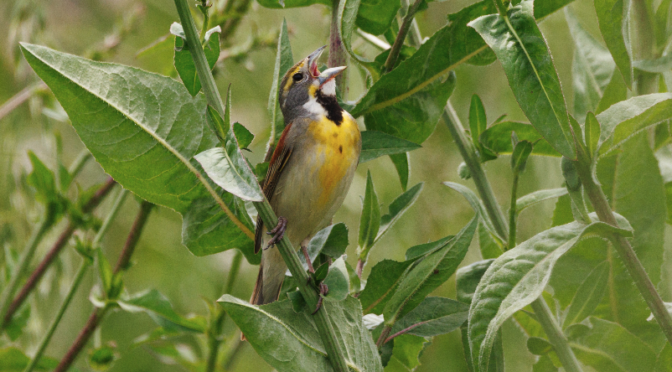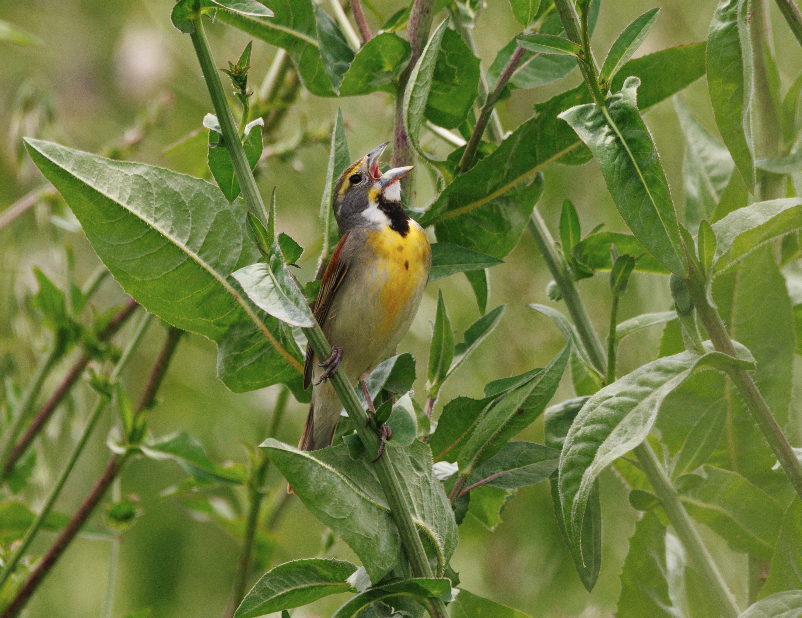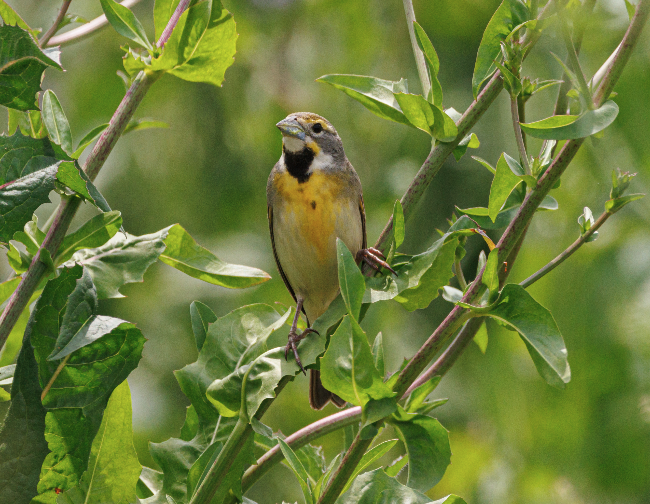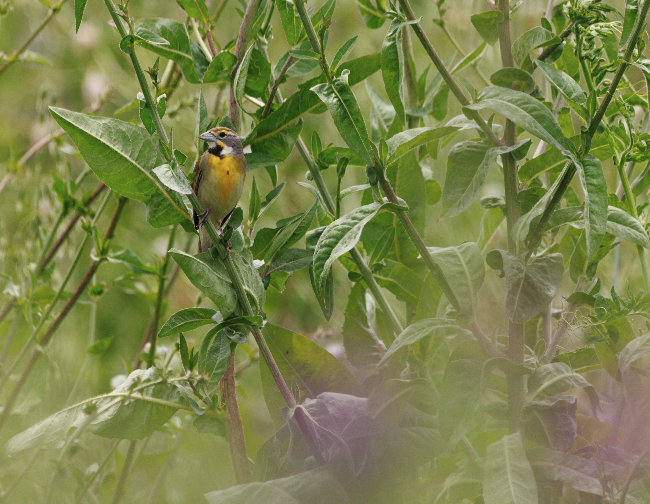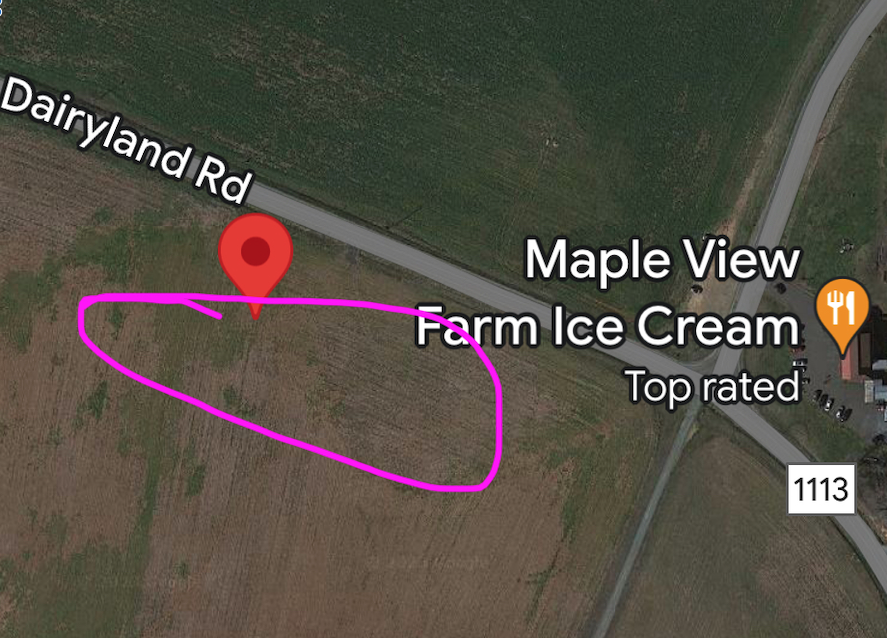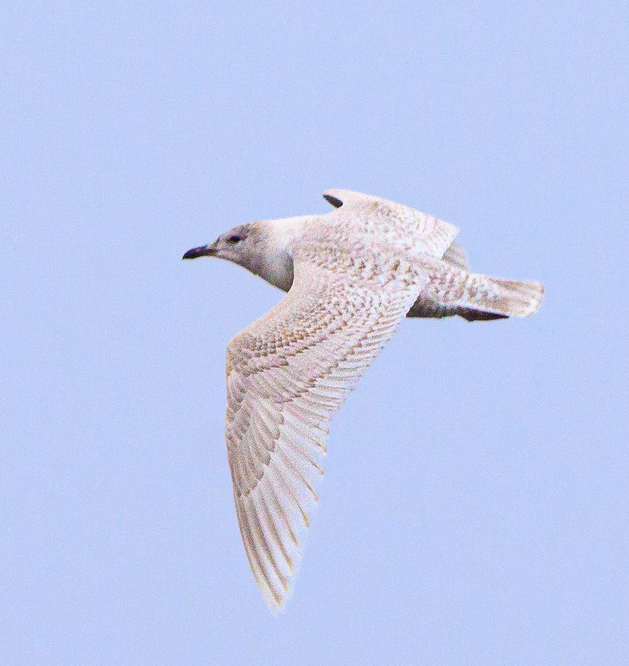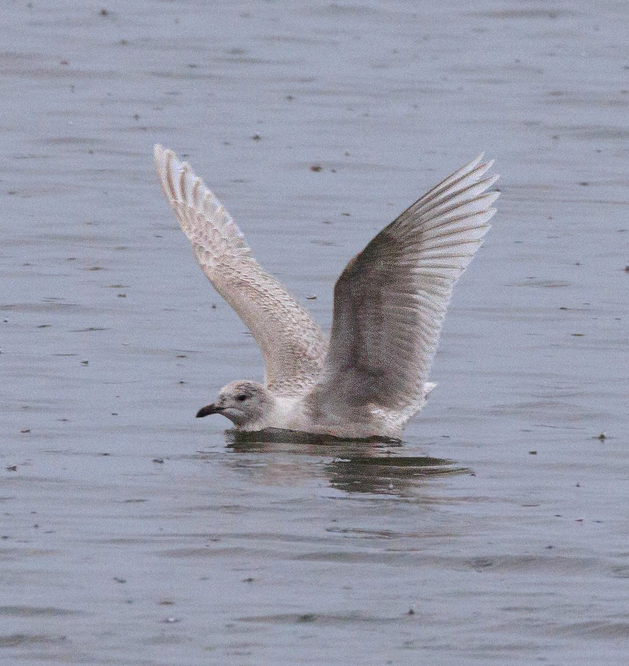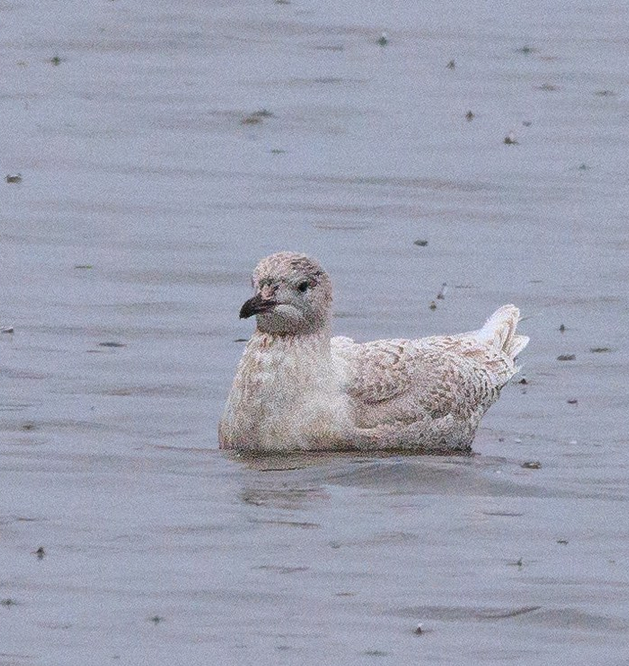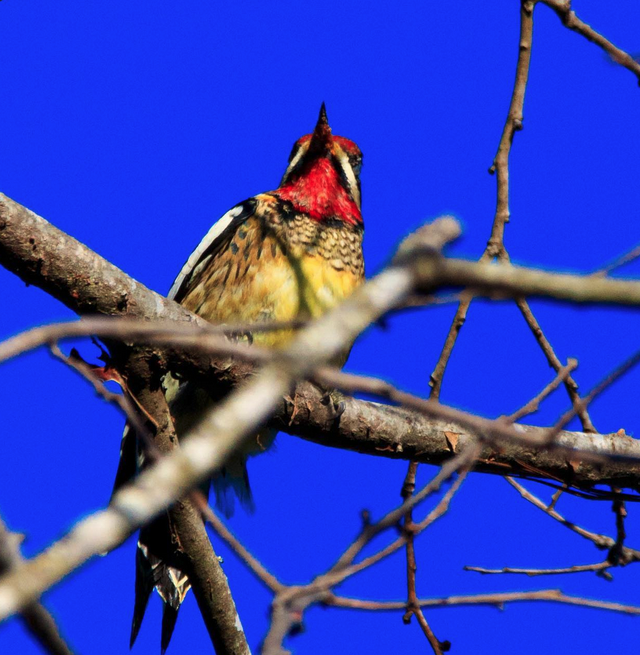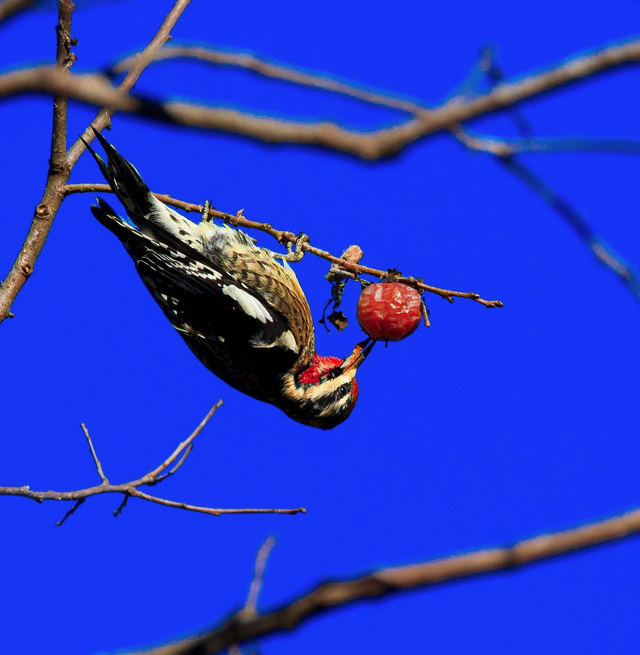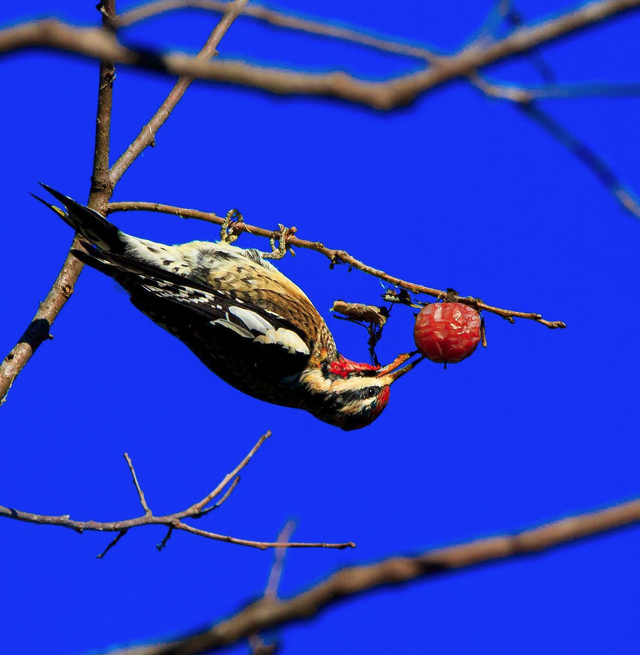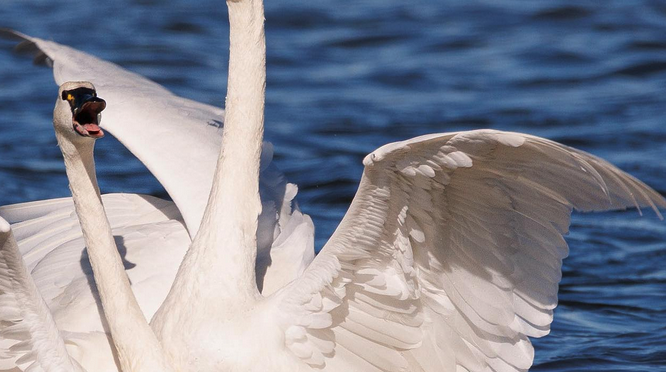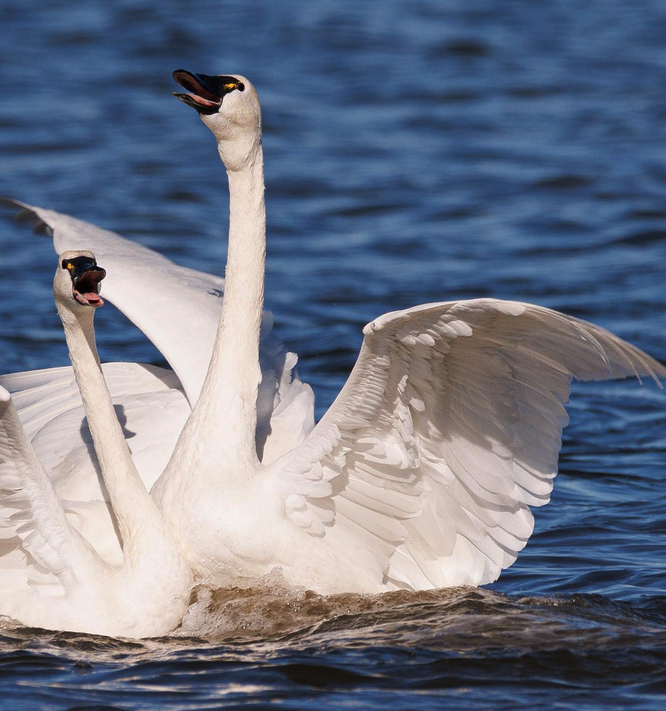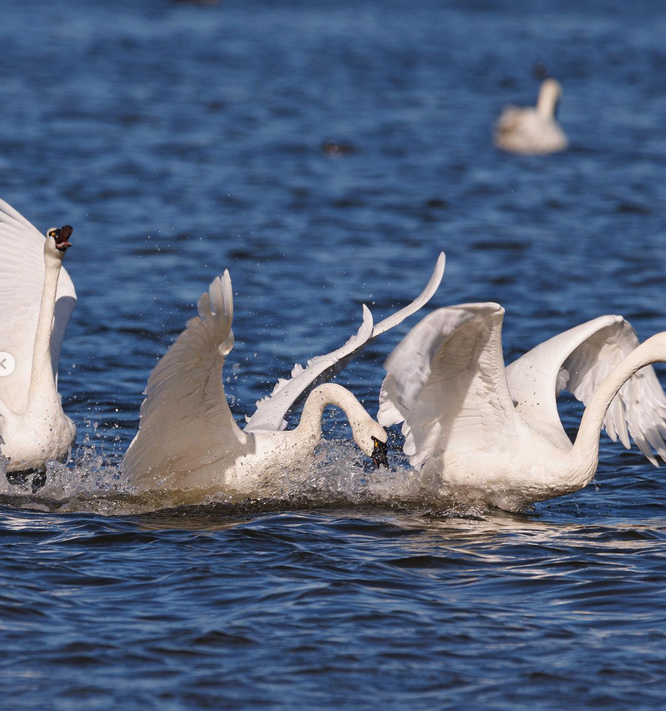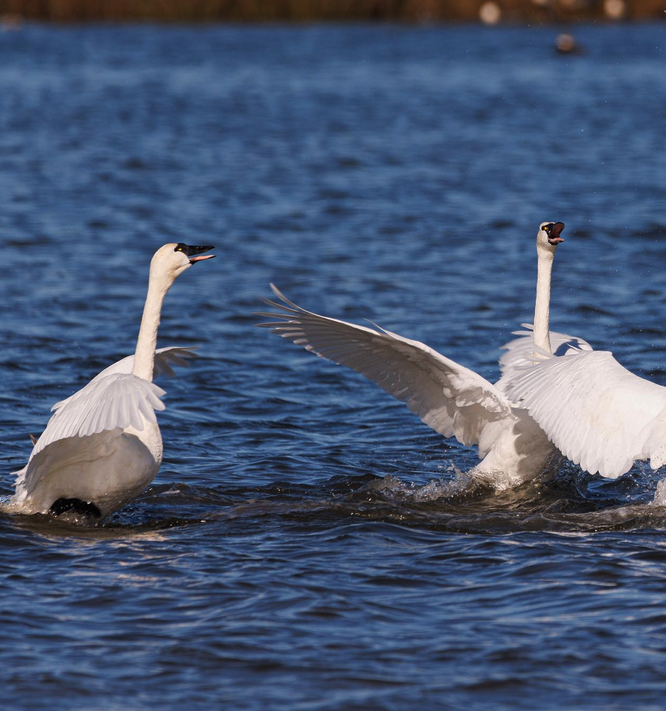By Sally Siko
The weather finally cooled off this week as we settle into autumn here in NC.
We’ve already had a ton of beautiful migratory song birds moving through the state lately but the best is yet to come IMO.
Case in point, soon flocks of waterfowl will arrive, filling out coastal impoundments with a flurry of feathers, squeaks and quacks.
Among the droves of birds one of the most beautiful species are the Bufflehead Ducks.

A wintertime resident of North Carolina, Buffleheads are best spotted swimming on our coastal lakes, ponds, estuaries, and impoundments. You can even see them swimming in the ocean just offshore on calm days.
I was photographing a couple of Pintail’s last year when a pair of male Buffleheads swooped in and landed right in front of me.
Under flat lighting (cloudy) conditions these ducks appear to be dressed in simple black and white plumage.
Yet on this day, the bright morning sunlight was just hitting the faces of the ducks perfectly which really brought out those incredible colors on their heads.


One of our smallest species of diving ducks, Buffleheads will hunt for a meal in both fresh and salt bodies of water.
In freshwater habitats, they eat primarily insects, and in saltwater, they feed predominantly on crustaceans and mollusks.
Aquatic plants and fish eggs can often become locally important food items as well when available.
They are strong swimmers and able to stay under water for more than a minute, then often popping up a long way from where they disappeared.
This makes them a little more challenging (ok,darn frustrating) to photograph but it’s still fun to try haha!
The Buffleheads should start arriving in NC next month so you’ve still got plenty of time to enjoy them before the year is through.
Photos by @sally_siko of @bestlife_birding captured on my mighty mirrorless monster, the @canonusa #R5




